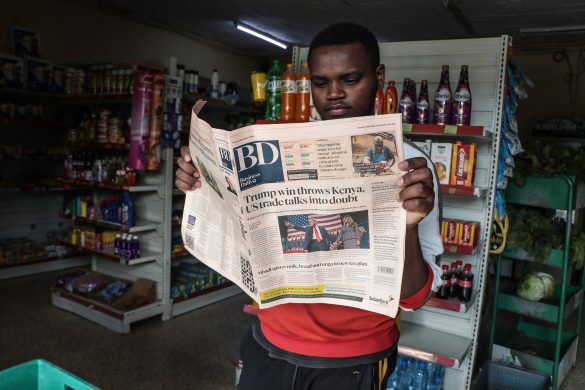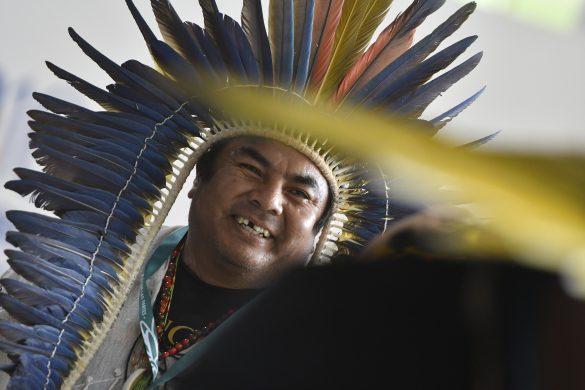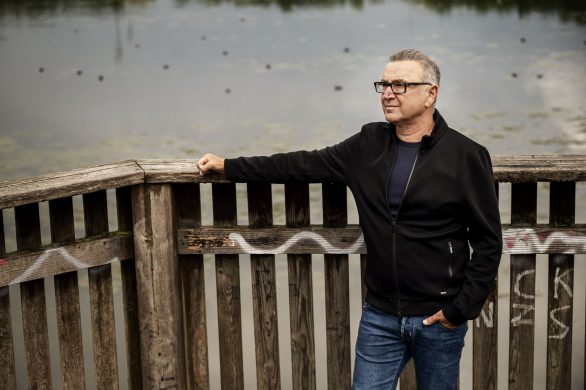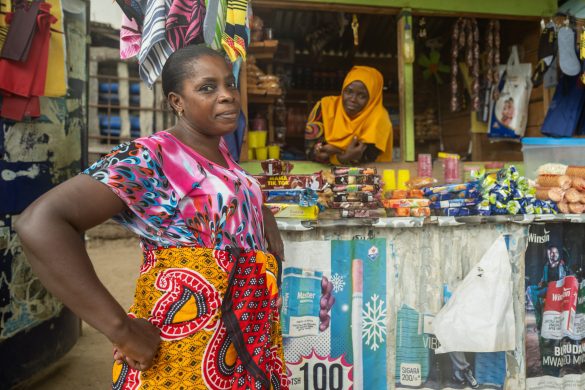Byggeriet af en industripark i Haiti tvang 366 familier og 720 arbejdere til at finde et andet sted at bo og arbejde. Beboere og arbejdere blev for nogle vedkommende smidt ud med få dages varsel, fortæller ActionAid i ny rapport.
WASHINGTON D.C, 8 january 2015 (ActionAid): Five years after the earthquake, a new report from international aid agency ActionAid reveals how a US-backed industrial park, paid for with disaster relief funding, has evicted food-producing farmers from their land in Haiti.
Building Back Better? The Caracol Industrial Park and post-earthquake aid to Haiti shows how more than US$170 million of US emergency aid money to Haiti was used to finance the Caracol Industrial Park, which was built on prime agricultural land in northern Haiti, far outside the disaster zone.
A total of 366 families and 720 agricultural workers lost their land and livelihoods with only a few days’ notice to make way for the park.
En fjerdedel af USA’s jordskælvsbistand
Kysseline Jean-Mary Chérestal, Senior Policy Analyst at ActionAid USA, said:
“At least a quarter of USAID’s post-earthquake budget was spent supporting the construction of the Caracol Industrial Park in an area way outside the disaster zone.
“But instead of local communities being consulted on the type of development that would benefit them the most, some of the country’s most fertile land has been taken and replaced with concrete”.
The report reveals that farmers who relied on their land for food and an income have been left landless.
Fødevarepriseer stiger i området
Food prices in the Caracol area continue to rise due to a severe drought and reduced means of production, making the decision to cover fertile land with concrete even more controversial.
The Government of Haiti and international donors have been forced to intervene to stabilize food prices but prices continue to rise, leaving Haiti yet again on the brink of a food crisis (1).
Eight months after they were evicted, some of the farmers received some compensation. But the amount was decided without a proper negotiation, and farmers claim that the money has been woefully inadequate.
Hvorfor lige her?
Cinic Antoine Iréné, a farmer who lost his land when the Caracol Industrial Park was constructed, said:
“The land at Caracol was used for food production for all the North East – plantain and other food. They’ve taken these lands and put concrete on them. The industrial park is the biggest injustice done to the North East because they could have chosen other, less productive places”.
The US Administration’s promise to ‘build back better’ resulted in more than a quarter of USAID’s post-earthquake funding being pledged to support construction of the park.
Encouraged by their projections of creating 65,000 jobs (2), US officials were quick to approve funding for the park, despite no consultation of the local communities.
Today, the park provides only 4,500 jobs, with workers earning the minimum wage of less than US$5 a day – far below what is needed to feed a family and meet their other daily needs.
En kostbar fejltagelse
Chérestal continued:
“The Caracol Industrial Park – a flagship project for the US Government’s aid to Haiti – is an expensive mistake, with poor farmers left worse off, unable to access the land they need to grow food, graze their animals and generate an income.
“Farmers can’t work in factories – the skills they use to grow corn and beans aren’t what you need to make t-shirts and underwear. But even if they could, the wages aren’t enough to feed one person three square meals a day, let alone an entire family – they’re poverty wages.
“With Haiti on the brink of a food crisis, the government and international donors must invest in Haitian smallholder farmers so they can feed the country, not shove them aside to make a quick buck or two for foreign investors and local elites”.
ActionAid is calling on the US Administration to make its aid to Haiti more transparent so that USAID and other agencies can be held to account for the way in which US tax payers’ dollars are spent, and for all US aid projects to respect and protect the legitimate land rights of Haitians.
The families displaced by the Caracol Industrial Park must also be properly compensated as soon as possible so that they are not worse off than when they had access to the land.
Relocation of these families must not displace other communities living in the surrounding area.
Noter
1 2014 Global Food Security Index produced by The Economist Intelligence Unit
2 US State Department
Download rapporten Building Back Better? The Caracol Industrial Park and post-earthquake aid to Haiti (PDF, 24 sider)















